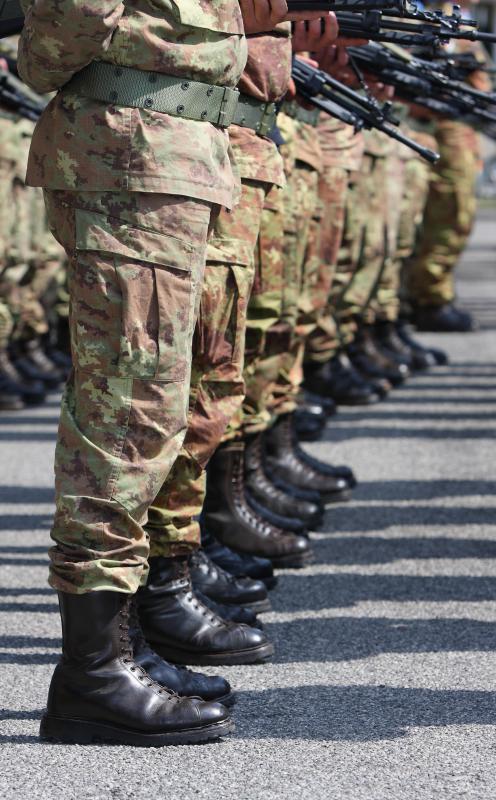At WiseGEEK, we're committed to delivering accurate, trustworthy information. Our expert-authored content is rigorously fact-checked and sourced from credible authorities. Discover how we uphold the highest standards in providing you with reliable knowledge.
How do I get Reservist Training?
Reservist training is typically offered in two different ways, although the specifics vary from nation to nation and between branches of the military. Most nations maintain small standing armies, made up either of volunteers or conscripts, and support these military organizations with systems of reserve and local defense units that can be called up in times of crisis. In some cases, membership in the reserves is automatic for military personnel who are standing down from active duty. In other cases, citizens may enlist directly in the reserves. Many nations, the United States included, combine these two systems of offering reservist training.
Modern military practice, which usually features a standing army plus reserve is a legacy of the rapid growth of national militaries in Europe in the century after the end of the Napoleonic wars. Nations engaged in arms races with one another to maintain larger and larger armies but could not afford to fully mobilize their populations at all times. This led to the emergence of larger and larger groups of trained reservists, who had served actively and could be recalled in the event of a war. Modern systems of reservist training are the descendants of these early European systems.

The armed forces of the United States is a fairly typical example of a modern Western military system. Active duty troops stand down after the end of their period of enlistment. These troops are then subject to recall if military need arises. In order to ensure that the reserve elements of the armed forces are ready if needed, these troops undergo reservist training, usually for one weekend per month and two weeks per year.

Military personnel who enlist directly for reserve service will normally still spend some time at the beginning of their enlistment undergoing initial reservist training. The conscript armies of many modern European nations often employ this model of reservist training, as conscripts serve actively for only a short period of time, which is long enough for them to acquire necessary skills and a small amount of experience. Large European nations began to phase out conscription after 2000, but smaller nations, such as Norway and Switzerland, still employ it.
Reservist training can supply very technical skills. The United States Army is, again, a good example of such a system. Some of the more technical functions of the military, including chemical warfare and logistics, are needed only when the military is fully mobilized. These functions are left largely in the hands of the reserves, as they can be called upon when needed but left demobilized otherwise.
AS FEATURED ON:
AS FEATURED ON:












Discuss this Article
Post your comments